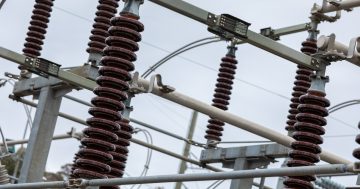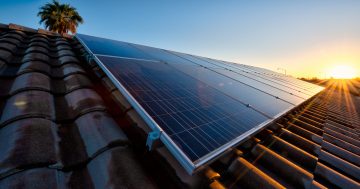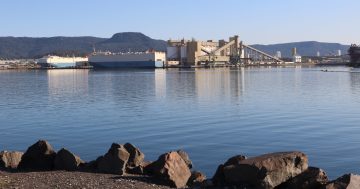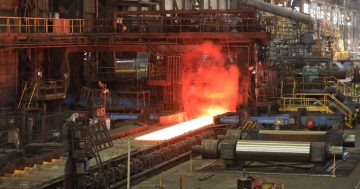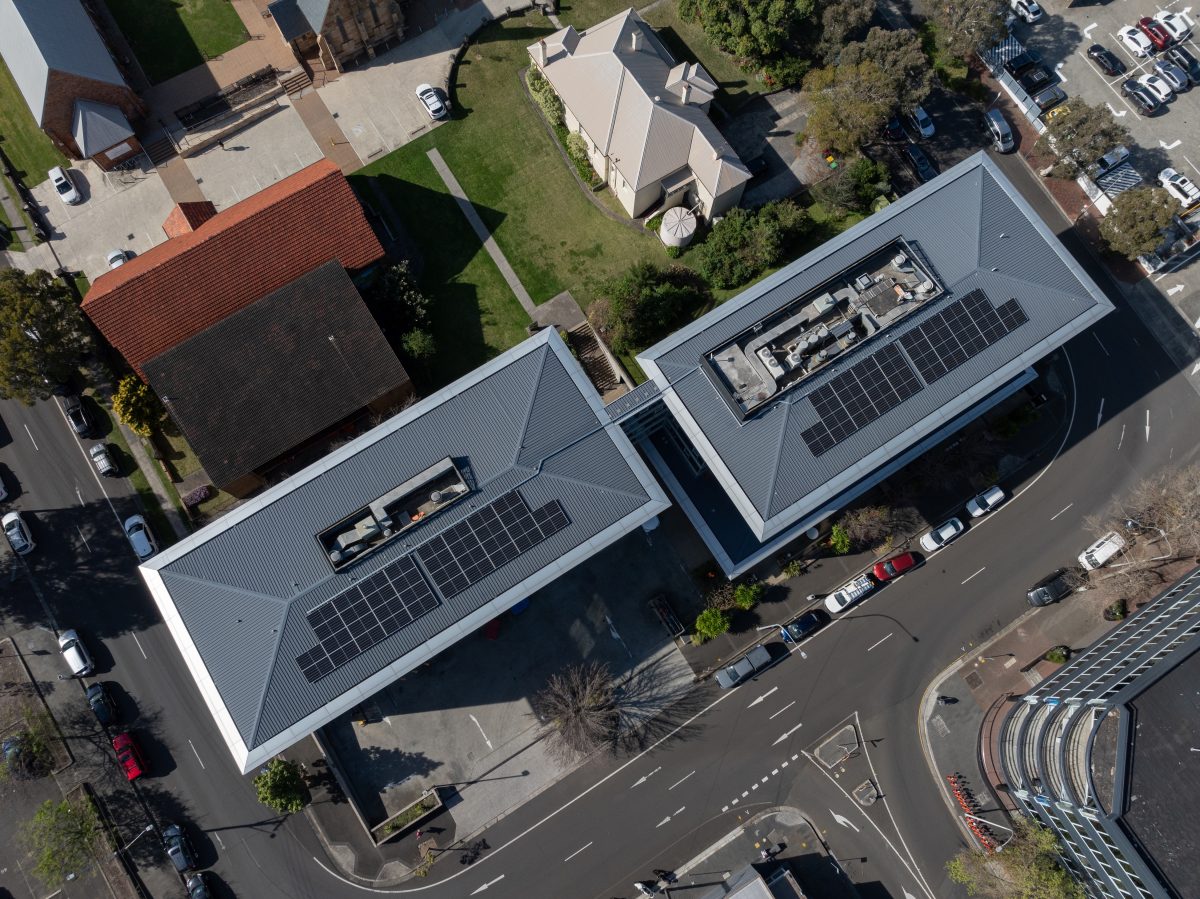
Hotel TOTTO’s newly installed solar system will save significant carbon emissions. Photo: Symmetry Solar/Andrew Linturn, Iron Media.
A Wollongong hotel is actively working to reduce its carbon footprint with a range of initiatives that will reduce emissions by the equivalent of more than 90 barrels of unburned oil per year.
The installation of a solar power system alone will reduce Hotel TOTTO’s emissions by 27 per cent or 40.7 tonnes, according to installers Symmetry Solar.
“That’s like 93.6 barrels of unburned oil a year or 671.3 tree seedlings grown for 10 years,” Hotel TOTTO’s Jack Shaw says.
Jack says, along with other green initiatives such as replacing single-use toiletries with pump dispensers, the move was to align the hotel with guest preferences for eco-friendly accommodation.
“More and more the feedback from guests is that they have an expectation that places of accommodation make a move towards environmentally friendly practices, and reducing their impact on the planet,” he says.
“We’re a 24-hour business and I think we have a responsibility to reduce our reliance on non-renewable energy. We have a large footprint in terms of roof space, so the decision to opt for solar was a no-brainer really.
“We’re incredibly proud to be one of the first hotels in the Illawarra to make this move, and we hope it starts a trend in the region’s hospitality industry towards committing to green initiatives.”
Symmetry Solar CTO Paul Harmsworth says there’s another compelling reason for the hospitality industry, and indeed any industry with commercial premises, to consider the switch to solar.
He says solar power makes undeniable fiscal sense for the vast majority of commercial businesses, whose operational hours and practices prime them for excellent “payback periods”.
“Purely from a business perspective solar power is a viable system for 90 per cent of commercial premises because fundamentally, unlike residential properties, they use most of their power during the day, which is the only time a solar system will generate energy,” he says.
“For most businesses, you’re looking at a consumption rate of 80 to 100 per cent – meaning, they consume almost all the energy they generate.
“The net present value of the system we installed at Hotel TOTTO is 2.5 times the capital cost, meaning it will cost neutralise in four years. After that, the lifespan of the system is typically 25 years, saving the business about $10,000 each year in energy costs.”
Paul says businesses should have their providers conduct an in-depth feasibility assessment before committing to a system, which takes into account projected energy costs, a business’s footprint (roof space) and its consumption rates and habits.
“You need to future-proof based on load growth. Otherwise, your use could quickly outrun your system. At the same time, we have to get very analytical about how and when the property uses its power, because you don’t want an oversupply,” he says.
“There’s a misconception that there is a benefit to feeding unused power back into the grid. That’s absolutely not the case. In fact, if you export energy at a time when your provider doesn’t want it, they may even charge you.
“You simply want a system that’s the right size to offset inbound energy charges using what you generate.”












